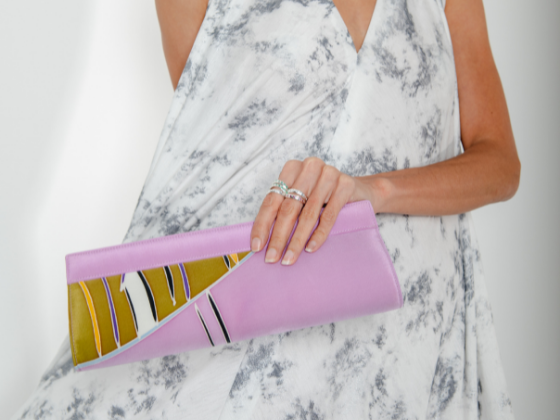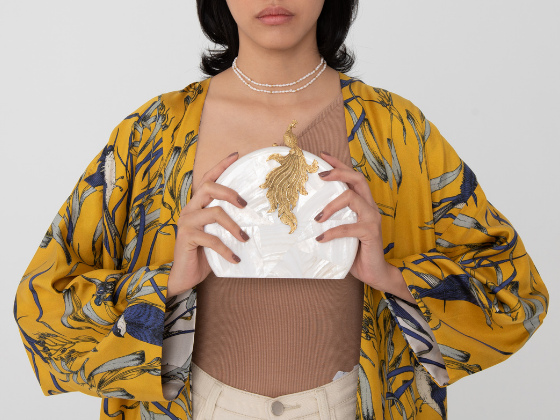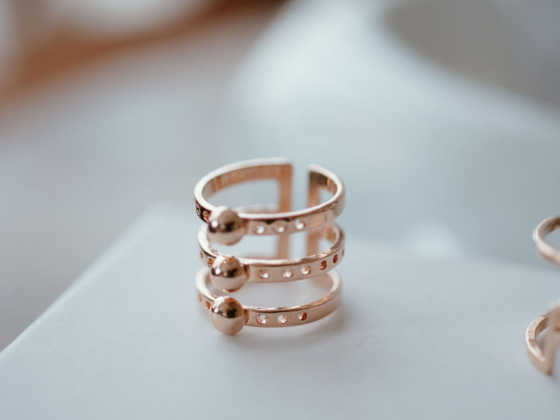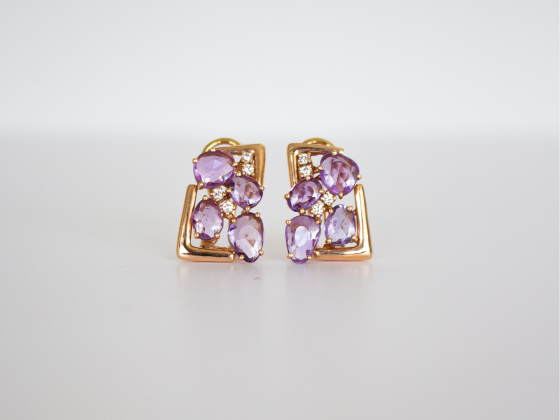By Kylie Francis on November 24th, 2020
A sixth-century bronze sculpture in the National Gallery of Australia depicts an Indonesian woman with enviable multi-tasking ability. Donning a pair of bold hoop earrings, the Flores woman is nursing her suckling infant while sitting at a foot-braced loom creating tenun, meaning handwoven, cloth.
This is no easy feat — tenun’s arduous production process entails weaving different colored threads into one single cloth, an endeavor that could take weeks, if not months, to complete. This Tenun Selendang Scarf from Pink Jambu, for instance, took four full weeks to create. It is no wonder that tenun was traditionally reserved for royalty, and is favored by Malaysia’s Queen Azizah.
Tenun’s laborious production process makes it both precious and durable. Compared to knitted cloths, woven fabrics are made by interlacing two sets of independent yarns using looms. If you look closely at a tenun cloth, you’ll see a checkerboard of straight interlacing threads going under and over each other at right angles, just like a woven basket.
The intricate patterns found on any tenun cloth is also unique to the specific region from which it originates. Tenun Pahang from Malaysia for example, is distinguished by the small floral dotted ornament known as colek scattered on the fabric, which usually uses metallic threads, customarily with little tails. Songket from Sumatra in Indonesia, on the other hand, has dazzling gold threads that seem to float atop the fabric.
Ikat is another type of tenun and comes from the Malay/ Indonesian word mengikat which means to tie. Similar to batik, ikat is a resist-dye technique. But instead of using wax, the resist is formed by binding individual yarns or bundles of yarns with a tight wrapping applied in the desired pattern. Today, ikat is a popular pattern often seen in boho chic interiors or on handbags such as those from Frankitas.
Tenun’s beauty and cultural significance makes the craftsmanship worth preserving. Tenun pieces, after all, are also long-term investments: The looms that weave the fabric typically work on a tighter tension than knitting machines, leaving less room for the fabric to slouch and change shape; this allows tenun to retain its structure as well as color. Fittingly, tenun creations are ideal for passing down as heirloom pieces from generation to generation.
ABOUT THE AUTHOR
Kylie is Dia’s co-founder based in New York City. Hailing from a family of journalists and writers, Kylie grew up with a passion for stories and a curiosity about the world. This has led her to travel extensively across the globe and she has lived in Malaysia, Zimbabwe and the United States. Kylie graduated with a Bachelor’s in Government from Harvard University and an MBA from The Wharton School, University of Pennsylvania.











